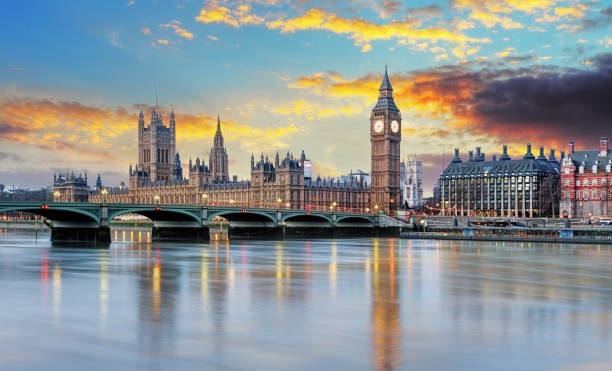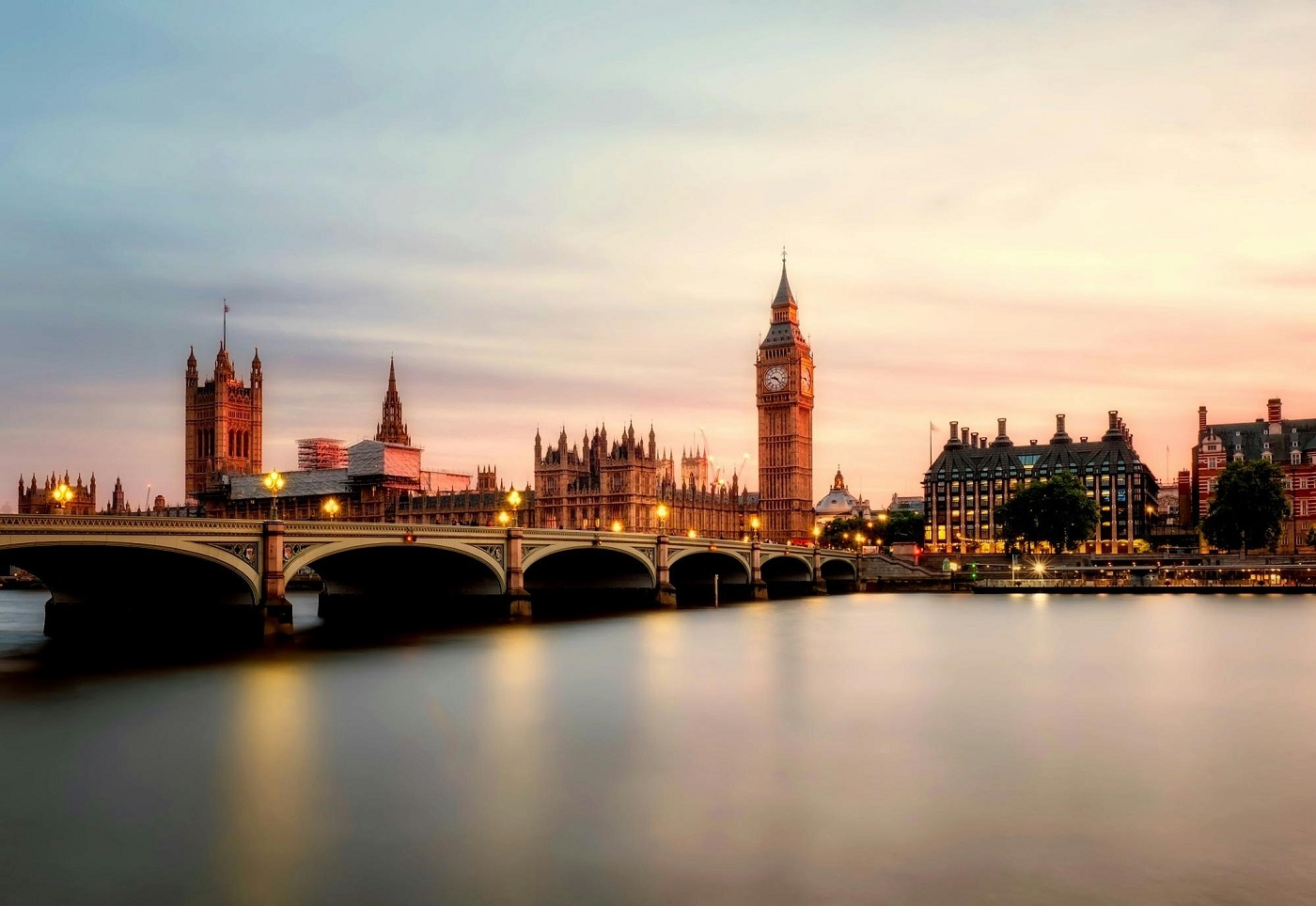
London Unlocked: 10 Must-Experience Spots Where Tradition Meets Tomorrow
London isn’t just a city—it’s a living dialogue between centuries. For travellers craving depth beyond postcard sights, these 10 spots reveal how the capital masterfully weaves its storied past with audacious innovation. Prepare to see London through a new lens.
1. The Shard & Borough Market: Sky-High Ambition Meets Earthy Roots
Why experience it?
Start at ground level in Borough Market (est. 1014), where medieval cobbles host artisanal cheese mongers and truffle-oil vendors. Taste century-old recipes before ascending The Shard (Western Europe’s tallest building). From its vertigo-inducing viewing platform, watch Tudor church spires pierce through a forest of glass-clad skyscrapers—a literal high-low perspective on London’s evolution.
Pro Tip: Visit the market at 8 AM for crowd-free photography and breakfast at Monmouth Coffee.
2. Tate Modern Turbine Hall: Industrial Bones, Avant-Garde Soul
Why experience it?
A former power station (1947) reborn as a contemporary art cathedral. The cavernous Turbine Hall hosts monumental installations (think: Ai Weiwei’s sunflower seeds). Contrast raw brickwork with digital projections while crossing the Millennium Bridge—St. Paul’s Cathedral framed perfectly at one end, Frank Gehry’s crumpled-glass skyscraper at the other.
Secret Spot: Level 10 viewing gallery offers free skyline views rivalling paid attractions.
3. Leadenhall Market & Lloyds Building: Victorian Elegance vs. Radical Futurism
Why experience it?
Step under Leadenhall Market’s (1881) ornate painted roofs—a filming location for Diagon Alley—then emerge beside the Lloyds Building (1986), dubbed the “Inside-Out Tower” for its exposed elevators and pipes. This jarring architectural duo embodies London’s fearless reinvention.
Local Hack: Hidden Gracechurch Street entrances avoid tourist crowds.
4. Churchill War Rooms & Westminster Digital Dark Ride
Why experience it?
Descend into the Churchill War Rooms, preserved exactly as left in 1945. Then, experience the Voice of London boat ride (Westminster Pier), where AI-powered avatars of Shakespeare and Newton “narrate” the Thames’ history via holograms—history made visceral through tech.
5. Sky Garden & The Monument: Green Oasis Above Ancient Ashes
Why experience it?
The Monument (1677) commemorates the Great Fire’s devastation. Climb its 311 steps, then glide up to Sky Garden—a free-access tropical canopy 155m high, with floor-to-ceiling views of Wren’s rebuilt city. Symbolism meets sublime panoramas.
Booking Essential: Reserve free Sky Garden tickets 3 weeks ahead.
6. Camden Market’s Cyber Yard: Steam Punk Meets Crypto
Why experience it?
Beyond Camden’s gothic vibes lies Cyber Yard—a digital innovation hub in restored horse stables. Browse NFT galleries, sip blockchain-tracked coffee, then grab vegan “fish” and chips at a converted Victorian piano factory. London’s subculture always reinvents.
7. Kew Gardens’ Treetop Walkway & Hive
Why experience it?
Wander among 17th-century glasshouses at Kew, then ascend the Rhizotron Treetop Walkway 18m above ancient oaks. The Hive, a multi-sensory installation, translates real-time bee vibrations into light and sound—a fusion of horticultural heritage and bio-tech artistry.
8. The Postal Museum & Mail Rail: Underground Secrets Resurfaced
Why experience it?
Ride a miniature train through narrow 1927 tunnels on the Mail Rail, once transporting 4 million letters daily. Above ground, interactive exhibits showcase AI-powered future mail tech. A niche, thrilling slice of London’s hidden infrastructure.
9. Somerset House: Georgian Grandeur Meets Digital Art
Why experience it?
This 18th-century cultural palace hosts ice-skating in winter but year-round dazzles with Lightroom—a 4-story digital gallery projecting immersive Klimt or David Hockney shows onto its neoclassical walls. Tradition literally becomes the canvas.
10. Bletchley Park & The National Museum of Computing
Why experience it?
Where Turing cracked the Enigma code now stands the world’s largest collection of working historic computers. See Colossus (1943) alongside quantum computing demos—a pilgrimage site for tech history buffs, 45 minutes from Euston.





















